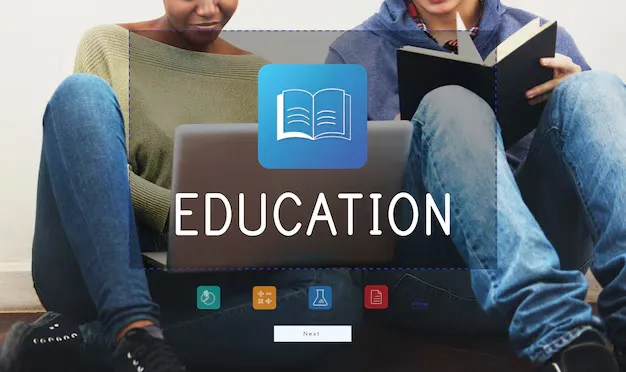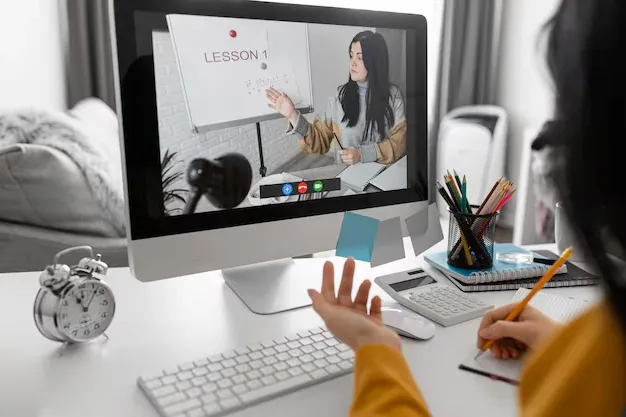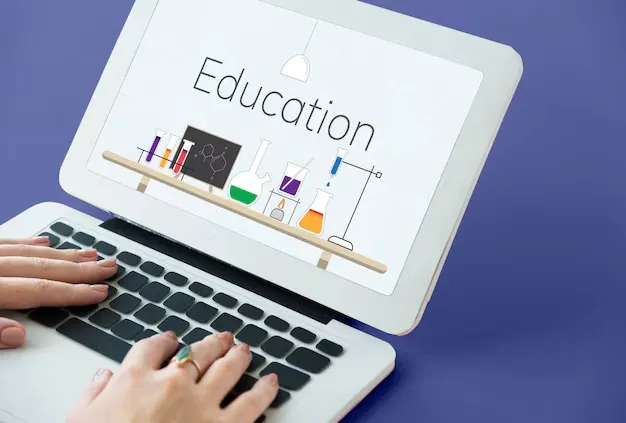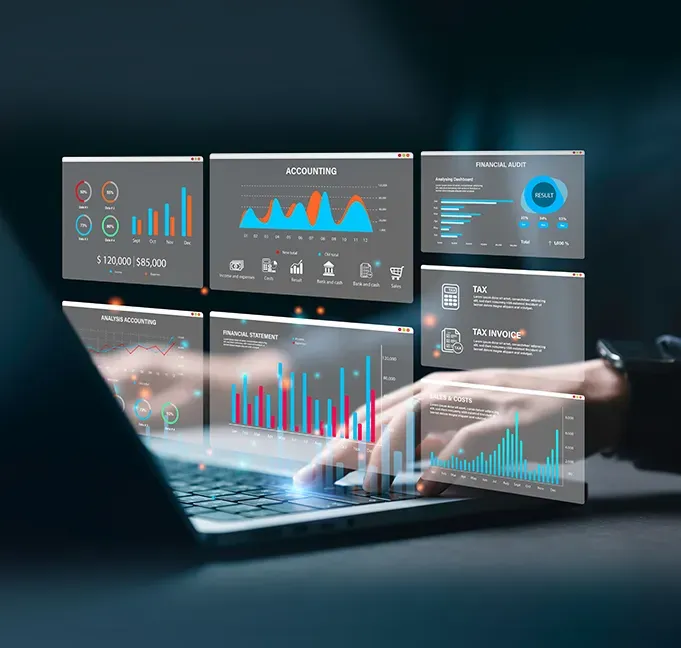Online education in India has experienced a transformative journey so far. This was especially true in the previous decade, with the COVID-19 pandemic acting as the catalyst that accelerated the acceptance and adoption of digital learning platforms across the country. Now that the population is growing, the demand for quality education via online mode is expected only to get stronger.
This blog will discuss online learning platforms and give you a fair idea of what you can expect as a student.
Get Complete Details From Expert
What Are Online Learning Platforms?

A virtual classroom can be described as a tool for video conferencing where participants and instructors interact with each other along with the learning material. The difference between these classrooms and other video conferencing tools is that virtual classrooms offer extra features that are necessary for creating learning environments.
Online learning platforms usually offer access to virtual resources and classes by way of web-based interfaces and normally employ video conferencing tools such as Zoom, Microsoft Teams, and Google Meet for hosting live lectures. This lets students attend the classes remotely while also providing them with digital libraries that contain the course materials.
It is very important to have a structured virtual learning environment so that the education being provided can be effective. This is because such environments offer clear frameworks for students to access course materials, manage their learning, and interact with instructors and peers.
Also read:- Advantages of online learning
Features of a Virtual Classroom

- Interactive Tools: A virtual class uses interactive tools such as live chats, Q&A (question and answer) sessions, and Learning Management Systems to create virtual learning experiences that can create a high level of engagement thus enhancing the education being received by the students. This includes platforms such as the following:
- Webex
- Mentimeter
- Slido
- GoToMeeting
- BigBlueButton
- Vevox
- Multimedia Integration: These classrooms also integrate multimedia tools such as video lectures, animation, and presentations to enhance the experience and the education being provided to the students.
- Collaboration Opportunities: In these classrooms, students get opportunities for virtual collaboration through the likes of group discussions, collaborative projects, and peer interactions.
- Accessibility: One of the biggest advantages of these classrooms is the round-the-clock availability of course materials for the students. This means that they can access them at any time that they feel comfortable or need to. This also helps them learn a lot better than they otherwise would have.
Benefits of Online Learning Platforms

- Flexibility: There can be no doubt that flexibility is the biggest boon of virtual learning – the one that endears it to so many students all over. Thanks to this particular quality students can learn at a pace that suits them the best.
- Affordability: Compared to the same program being offered through traditional classroom-based methods and means online classrooms help students save a lot of money and this is especially so in terms of stationery and travel which are such costly components of conventional education.
- Global Reach: Thanks to the web-based nature of such education students can now access high-quality education at the premier institutions irrespective of the physical distance between them and the latter.
- Personalization: Virtual classrooms use adaptive learning tools and this is how they can provide a student exactly what they need from such education. This also guarantees that the latter receive the most appropriate education for their development.
Challenges in Online Learning and How to Overcome Them

- Technology Dependence: When it comes to challenges facing online classroom education dependence on technology is perhaps the biggest one. This is ironic considering technology itself is the biggest enabler of such education. Students in various parts of India – even in urban areas – face issues with connectivity. There are various ways to counter such issues with using a wired connection being perhaps the easiest one. It is also important to have as many internet source alternatives as possible for these classes.
- Lack of Physical Interaction: Lack of physical interaction is also a major issue in these classrooms and it is here that educators can play a major role. They can encourage greater participation and interaction among students and check in regularly with them.
- Time Management: Time management is also a problem in these cases and self-discipline is so crucial in countering the same! Students need to set a consistent schedule and create dedicated study spaces to avert such possibilities.
What Students Should Look for in an Online Learning Platform

Students need to choose the best online learning platforms to receive the best education and for that, they need to focus on certain factors such as the following:
- The platform must have a user-friendly interface so that students face no issues in navigating the virtual learning environment.
- It must offer comprehensive course catalogs that cover all the skills and topics that are relevant, especially in this day and age in every discipline.
- The platform must offer both live virtual classes and recorded versions of those sessions. This provides students with the flexibility to manage their online education with other priorities such as work and family and not miss out on any of them.
- The importance of support services such as mentorship and doubt resolution cannot be sufficiently emphasized in such systems where students are not interacting physically with the educators.
How Online Learning Platforms Are Shaping the Future of Education

Thanks to these classes education – especially, high-quality and relevant education – is no longer the sole preserve of the academically gifted and financially privileged students as was so long the case. Now, anyone can learn anything they want as long as they fulfill some basic criteria for the program.
The virtual learning environment in India has now helped bridge the skill gaps across the country, especially in the scientific and technological domains, and leveled the playing field, so to speak.
Emerging technologies such as AI (Artificial Intelligence), AR (Augmented Reality), and VR (Virtual Reality) are creating interactive environments and immersive simulations that are revolutionizing conventional education and enhancing its online counterpart even further. It is making difficult topics more easily comprehensible for students and thus helping them engage more with them and learn them better.
Choosing the Right Online Learning Platform

Following are certain factors that must be non-negotiable when it comes to choosing the best option from the various online learning platforms out there:
- accreditation – a sure sign of credibility
- course content and quality
- quality of instructors
- provision and quality of support services for students
- affordability and flexibility in payment
Take the next step in your career ?
Conclusion
Take the next step in your career ?
Thus, so far, we can assume you have had a fair idea of what to expect from online learning platforms. It is very important that you take up these courses at the best institutes for such programs in India such as Amity Online and thus take that all-important first step to a brighter future.



